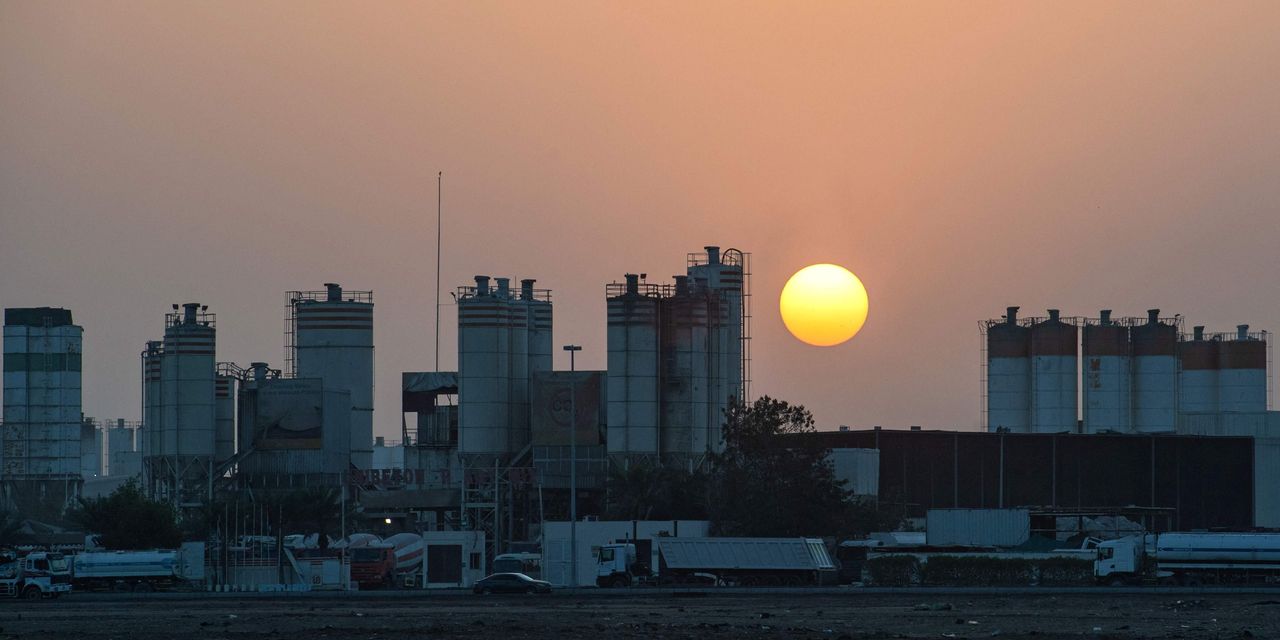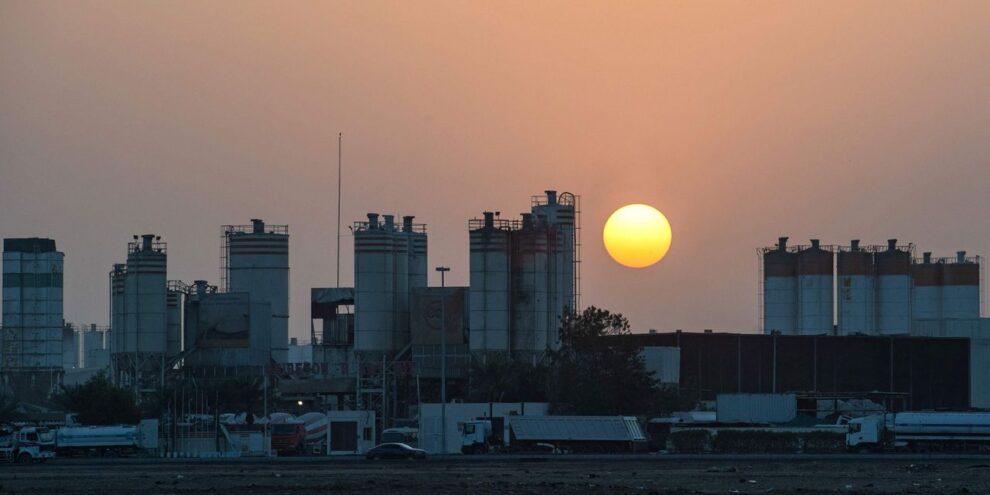
Crude oil prices climbed to levels not seen since 2014 on Tuesday, with geopolitical tensions in focus after an attack on an Abu Dhabi oil facility. That’s as Goldman Sachs warned that “surprisingly large” supply deficits could see Brent prices top $100 a barrel next year.
West Texas Intermediate crude for February CLG22, +1.57% delivery rose $1.11, or 1.3%, to $84.93 a barrel on the New York Mercantile Exchange, following a 6.2% gain last week, its fourth weekly rise in a row, according to Dow Jones Market Data. According to FactSet, prices are hovering at the highest since October 2014.
March Brent crude BRN00, +1.10% BRNH22, +1.10%, the global benchmark, added 75 cents, or 0.9%, to trade at $87.23 a barrel on ICE Futures Europe, after last week’s 5.3% weekly advance. Brent prices were also trading at levels not seen since October 2014.
Iran-backed Houthi rebels from Yemen claimed responsibility for an attack on an oil facility in Abu Dhabi that killed three people on Monday and caused a fire at the capital of United Arab Emirates’s international airport. The U.A.E. is the world’s eighth largest oil producer, and instability in the Gulf can spark concerns of supply shortages.
Meanwhile, Goldman Sachs rolled out higher oil price forecasts, setting a 2023 Brent spot target of $105 a barrel in 2023, with 2022 headed for $96 a barrel, it said.
“Robust fundamentals have reversed last year’s oil price meltdown, with the market remaining in a surprisingly large deficit as the Omicron demand hit is so far smaller (and likely briefer) than that of Delta exc. China,” said a team of commodity analysts led by Damien Courvalin.
And while a hit to Chinese demand may be big due to the impact on its economy from its zero-COVID policy — Goldman estimates a 500,000 barrel per day hit in the first half of 2022 — the bank sees that offset by strong demand in the final quarter of this year, gas-to-oil substitution and “supply disappointments.”
“Net, we expect inventory draws to narrow but persist through 1Q22, with the global surplus in 2Q22 smaller than seasonal at 0.4 mb/d [400,000 barrels per day]”, said Courvalin and the team.
And by summer, OECD oil inventories will be at their lowest since 2000, along with a historic drop in spare capacity from oil cartel OPEC and its partners. “At $85/bbl, the market would remain at such critical levels, with insufficient buffers relative to demand and supply volatilities, through 2023,” he said.
Oil remained higher after the Organization of the Petroleum Exporting Countries, in its monthly report, left its forecast for 2022 growth in oil demand unchanged at 4.2 million barrels a day, estimating total global consumption at 100.8 million barrels a day.
Elsewhere in the energy markets, March gasoline RBH22, +1.14% rose 1% to $2.442 a gallon, after gaining 5.2% last week. February heating oil HOG22, +2.29% rose 2.1% to $2.691 a gallon, climbing 6.1% last week.
Natural-gas futures, meanwhile, saw their February contract NGG22, +0.68% up 0.8% to $4.296 per million British thermal units. Prices rose 8.8% last week.







